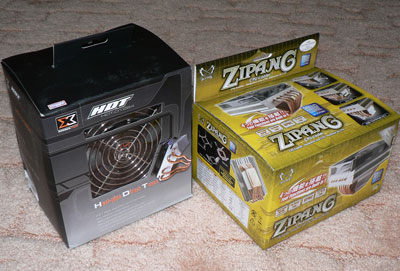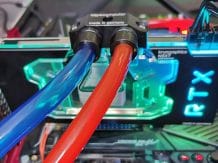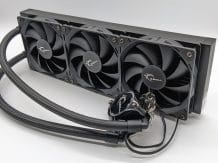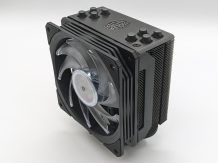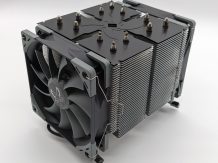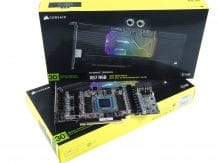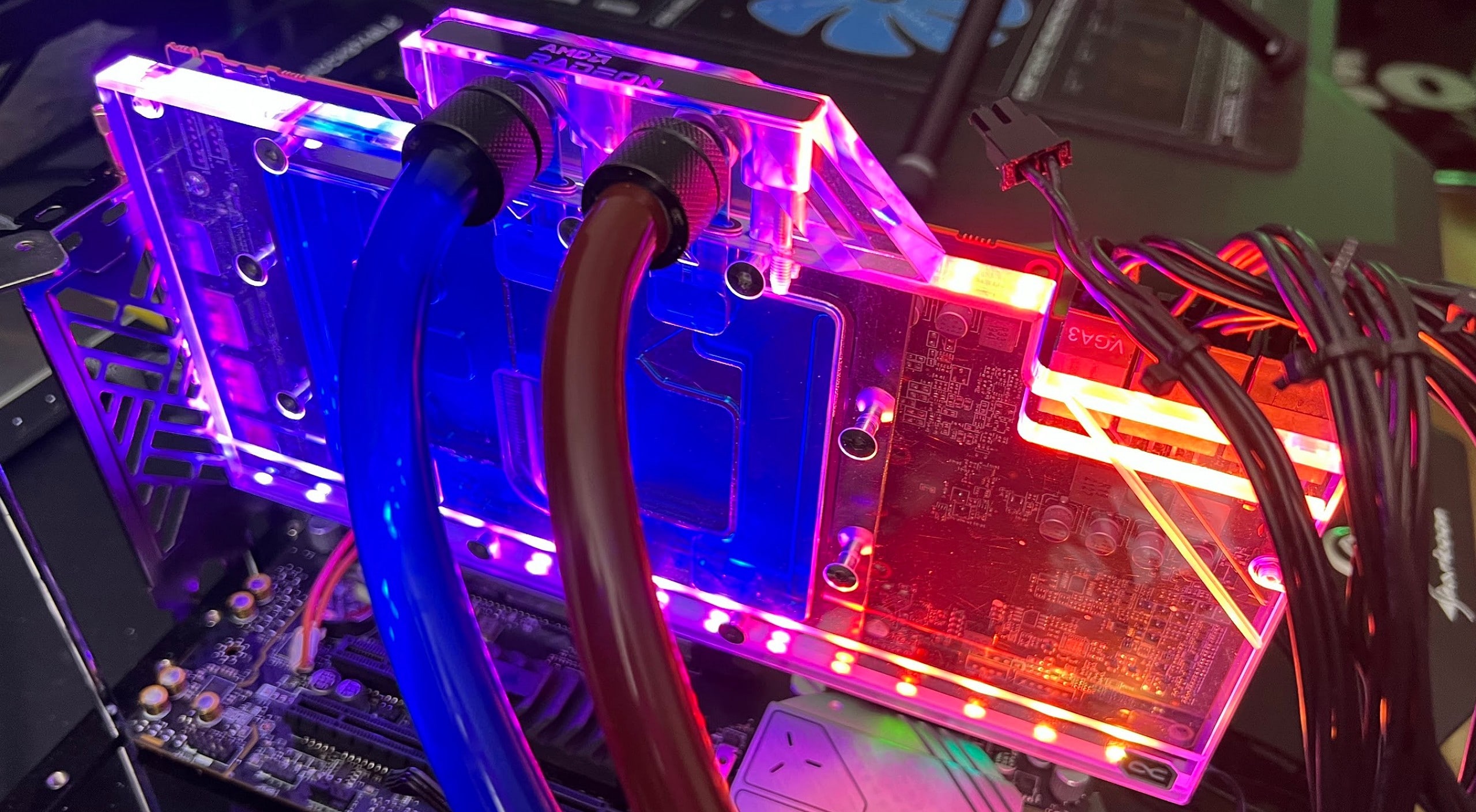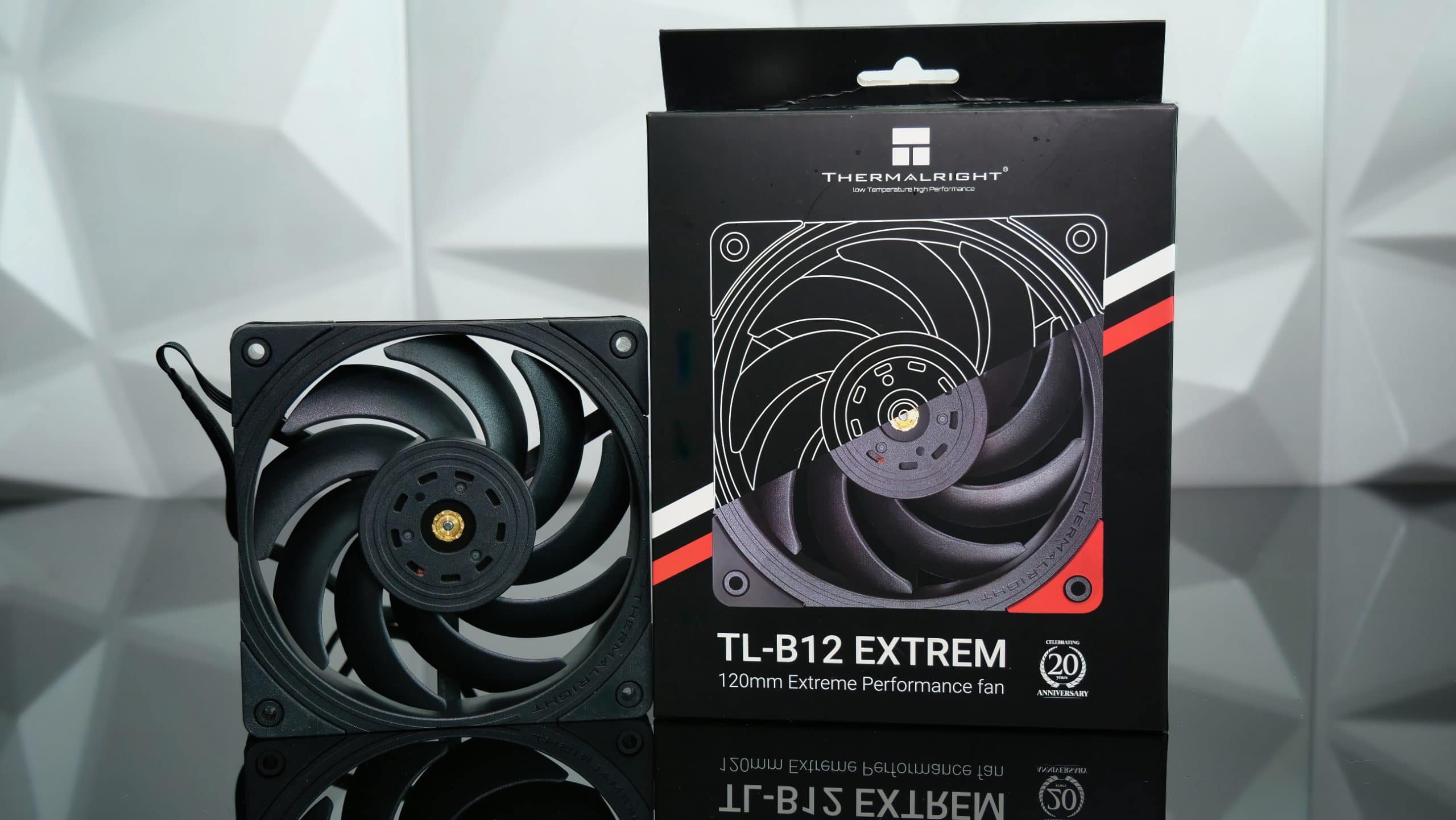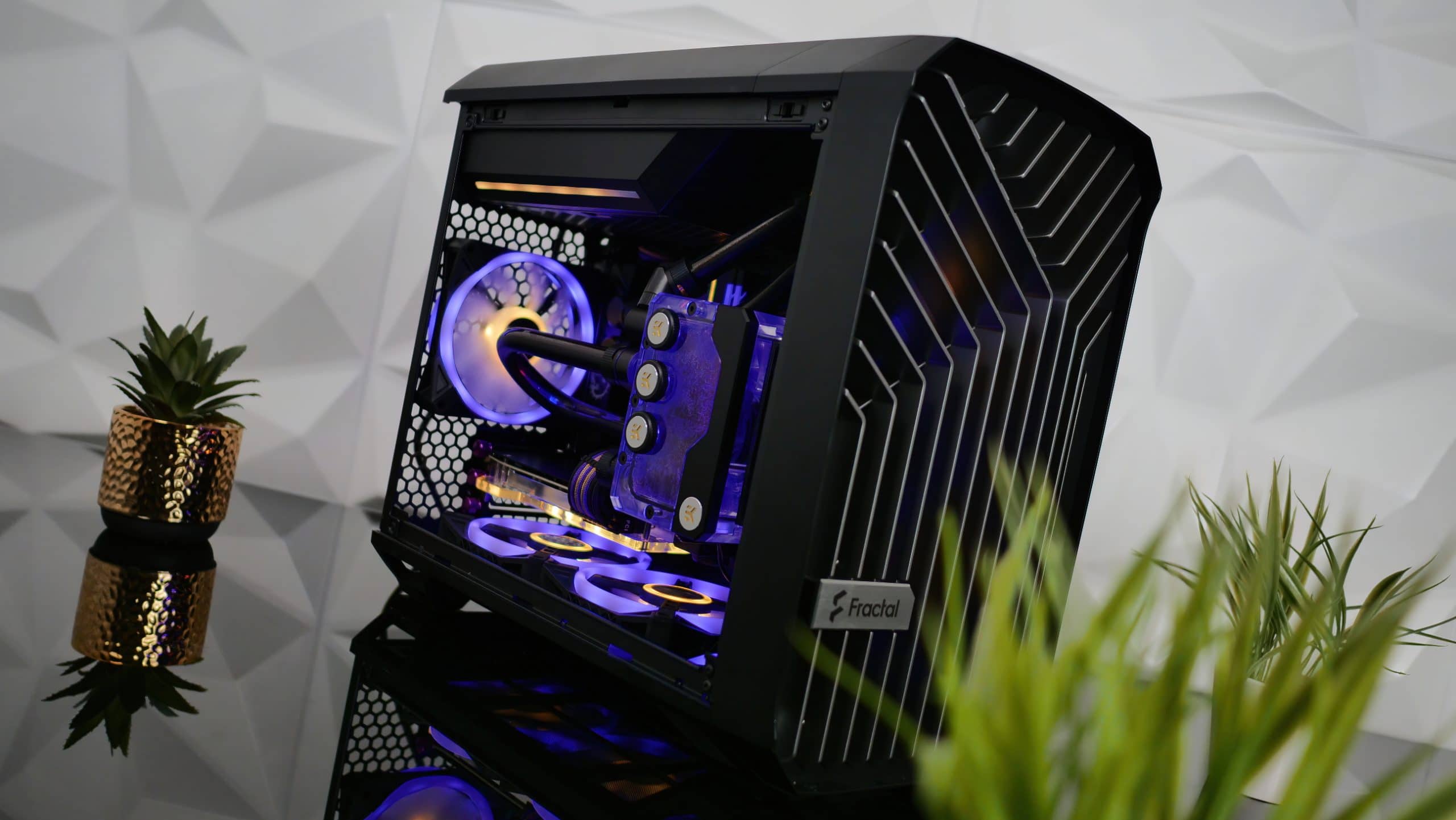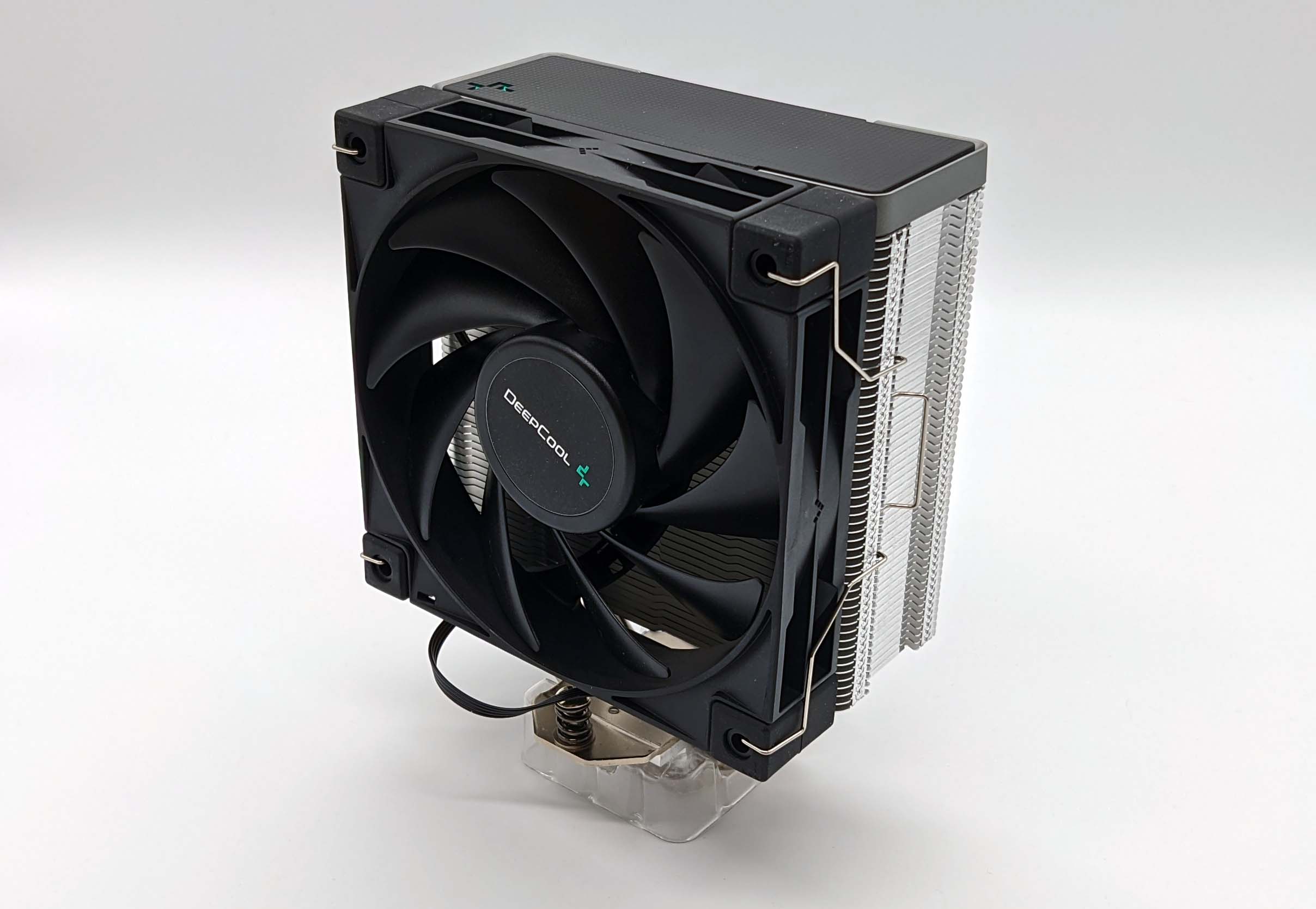new coolers for cooling central processors
–
Don’t you think that the potential of air cooling systems for central processors has been exhausted today? We regularly test new coolers, many of which demonstrate excellent cooling efficiency, including overclocked processors, coping even with hot quad-core “stones” on the Kentsfield core. But there has been no real breakthrough in this area for quite some time. Take at least the recently tested Ice Hammer coolers with HTD technology. Of course, these new products proved to be extremely cost effective, but again they did not surpass the Thermalright Ultra-120 eXtreme. That is, organizing highly efficient processor cooling has now become cheaper, more affordable, easier and simpler, but nothing more. Perhaps these factors are enough for someone, however, as a person who regularly tests new coolers, I would really like a breakthrough in this area, both in reducing the peak temperature of the processor and in increasing its overclocking potential, and not a 1.5-degree advantage, or such the same loss to the generally recognized leaders, as it happens in the last year and a half.
So where should the well-known brands of coolers go further in this case? Increase the diameter of the pipes even more, increase the dimensions of the coolers, equip them with two or even three fans? Do radiators from precious metals, install all sorts of modding “gadgets” or release limited anniversary editions? How else to increase efficiency and attract a potential buyer? It’s not an easy question. As we have recently seen, overclocking and cooling new Intel 45nm processors does not require expensive supercoolers. See what products are presented at CeBIT 2008 by the well-known Korean company Zalman. Therefore, it seems to me that the further development of air cooling systems in the next year and a half will be focused on reducing their size, reducing noise and cost, without losing efficiency. Today, there is no urgent need to equip overclocked 45nm processors with supercoolers.
Nevertheless, manufacturers continue to announce and launch new coolers on the market that claim to be the leader among air cooling systems. And today we will consider and test two new products from XIGMATEK and Scythe – coolers HDT-D1284 and ZIPANG:
The new cooling systems have a fundamentally similar design (the fan is installed above the radiator), but they differ significantly from each other. This is also why it will be interesting to compare the new items with each other and with all known supercoolers in terms of operational properties, cooling efficiency and noise level. Let’s get started.
XIGMATEK HDT-D1284 (CAC-DXHH4-U03)
The new XIGMATEK cooling system comes in a small gray box made of unusually thin cardboard.
announcements and advertisements
-14000р на RTX 3060 ASUS Dual
RTX 3060 MSI Gaming – a drain for a penny
RTX 3070 cheapest and all at Compeo.ru
-15000р на RTX 3060 MSI Ventus
Prices for video cards went down steeply
-14000р на RTX 3060 Gigabyte Eagle
Another top vidyaha with a mega discount
RTX 3060 – prices have gone down
First-hand Z590 motherboards at very good prices
RTX 3060 12Gb in XPERT.RU – be in time 🙂
Galaxy S20 family price crash 25% discount
RTX 3070 at XPERT.RU at the lowest prices
Lots of RTX 3090 in XPERT.RU


On the front side in the cardboard box there is a cutout through which you can see a part of the cooler fan and a protective grill. Here, the key features of the new product are noted and a small photo of it is given. On the back of the box there is a plate with detailed technical characteristics of the cooler and the country of manufacture which is Taiwan.
It is easy to see that the box has a rather shabby appearance, which is a consequence of the not too careful attitude of the postal services to it. Nevertheless, due to the fact that inside the cardboard shell there is a polyurethane foam “corset” for the cooler and its components, the device remained intact:

The accessories of the delivery set are stored in a separate compartment at the bottom of the box. The XIGMATEK HDT-D1284 comes with the following components:

- two mounts for motherboards with an LGA 775 socket;
- a clip for fastening a cooler to motherboards for AMD processors of the K8 family;
- cable for connecting the cooler fan to the Molex connector of the power supply;
- 1 gram bag of SilMORE thermal paste;
- detailed instructions for installing the cooler.
The design of the cooler is no different from anything fundamentally new. However, at the same time, XIGMATEK engineers managed to combine several solutions used in cooling systems from other manufacturers in the HDT-D1284.

So, we have before us a cooler weighing 667 grams of the so-called top design, when the air flow from the fan is directed to the surface of the motherboard. The core of the cooling system is four copper heat pipes with a diameter of 8 mm. The tubes are strung with 60 (!) Aluminum plates, the shape of which is somewhat reminiscent of a trapezoid:

The aluminum fins of the radiator in their lower part have stamped notches, which, according to the manufacturer, contribute to the creation of additional turbulence in the air flow, which should lead to minimization of the likelihood of stagnation of the hot air flow between the radiator fins. We have already seen such a solution in the OCZ Vendetta cooler.

Heat pipes have a knee-like bend approximately in the middle of their path to the radiator:

Apparently, this bend was made in order to increase the compatibility of the cooler with motherboards and to save space. After all, if the XIGMATEK pipes were made straight, then, most likely, the installation of the cooler would be prevented by high radiators on the chipset, power elements, or on the RAM. At the same time, it is difficult to say how the additional bending of the tubes will affect the movement of liquid inside them and the efficiency of the cooler in general. But, in my opinion, additional resistance is unlikely to affect the efficiency of the heat sink at all.
One of the key features of the XIGMATEK HDT-D1284 cooler is the use of the technology of direct contact of heat pipes with the processor heat spreader – HDT (Heat-pipe direct touch):

Four heat pipes are part of the base of the cooler and are pressed into an aluminum insert, with which they contact through thermal paste:

How strong such a connection turned out to be is difficult to say. Nevertheless, during the entire testing period and repeated rearrangements of the cooler, the contact of the tubes with the aluminum blank remained reliable.
Above the radiator fins, a 120 x 25 mm fan is installed, the blades of which are covered with a wire grill:

The fan is fixed in the grooves of the radiator on rubber compensators designed to dampen parasitic vibrations and help reduce the noise level:

The fan is removed quite easily, which means that it will not be a problem to replace it in the event of a breakdown. The fan has a four-pin power connector and supports pulse width modulation (PWM) impeller speed control.

Thus, the fan speed ranges from ~ 800 to ~ 1500 rpm with a maximum noise level of 27.2 dBA and an air flow of 56.3 CFM. The guaranteed service life of the fan Rifle bearing is 40,000 hours.
The protective film on the base of the cooler is glued, apparently, exclusively “for order”:

… because the quality of the base is poor:

Although, using the Ice Hammer IH-4400 coolers as an example, we have already witnessed that the base using the HTD technology can be processed quite qualitatively.
Installing the cooler is extremely simple. On platforms with AMD processors of the K8 family, the XIGMATEK HDT-D1284 is fixed using a metal “swing” inserted either between the tubes or across them:

For this, four slots are made in the base of the aluminum blank, that is, in this way XIGMATEK engineers have relieved the cooler from the drawback inherent in most cooling systems: limited orientation to Socket 754/939/940 / AM2. The HDT-D1284 can now be oriented in any convenient installation and efficient position.
If the cooler is installed on motherboards with an LGA 775 socket, there is no problem with the cooler orientation initially. Therefore, all that remains is to screw the appropriate fastener to the base:

Well, then all that remains is to install the cooler on the motherboard by pressing the plastic latches into the holes near the socket. True, I would recommend performing this operation by removing the motherboard from the case of the system unit, since you cannot press the latches with force if the board is inside the case, because they are located under the radiator. Therefore, it is very difficult to crawl there, and in my case it is impossible at all:


It is easy to see that I installed the cooler in such a way that the ends of the heat pipes are directed upwards. Despite the rather decent dimensions of the cooler – 145 x 150 x 134 mm – neither the radiator nor the curved pipes interfere with the elements of the space around the socket. Moreover, even if you turn the XIGMATEK HDT-D1284 90 degrees counterclockwise, the tubes still do not interfere with the installation of RAM with high radiators, and even more so they will not interfere with ordinary modules:

Interestingly, with such an orientation of the cooler and its pipes, as in the above photo, the XIGMATEK HDT-D1284 refused to efficiently remove heat from the processor, showing such a monitoring schedule from time to time and after a minute of the test with the following error:

The contact between the base and the lid, which has been repeatedly verified by the imprint of thermal paste on the heat spreader …

… made it possible to make sure that the problem was precisely in the orientation of the tubes, since when the cooler was installed with the ends of the tubes up, the temperature regime returned to normal and all tests passed without errors and “crashes”. True, this moment is rather strange, because before when testing cooling systems of such a design, nothing similar was observed, and the operation of the heat pipe does not depend on its orientation in space. In the case of the XIGMATEK HDT-D1284, the fact of a direct dependence of the cooler’s efficiency on the orientation of its pipes has been repeatedly checked and confirmed. Perhaps it is the knee-like bend of the tubes, their increased diameter relative to the standard 6-mm, or even the technology of direct contact … Of course, it would be nice to test this dependence on several more copies of coolers and other systems, but so far we do not have such an opportunity. as there is only one cooler.
At the end of the review of the XIGMATEK HDT-D1284, it remains to add that the recommended cost of the new item is $ 48.





